



After the chapter about trimming, we are going to get into an easier chapter for you to relax a little.
But don't fall asleep ! Understanding the following techniques and being able to reproduce them quickly in flight will be very helpful.
First of all, let me remind you about a few basic physical principles.
In ordrer to do that, let's imagine that we are throwing a stone far away ahead of us.
The stone would follow a parabolic trajectory like this one:

Case n°1 : the stone is climbing, the speed decreases and the altitude increases.
Case n°2 : the stone is descending, the altitude decreases and the speed increases.
Case n°3 : the stone hits the ground. Hmm well... we generally prefer to avoid this phase when we are in a plane.
It is possible to turn speed, also called kinetic energy, into altitude, also called potential energy. And vice versa - it is possible to turn the altitude into speed.
The good news is that this principle also works with a plane. And that even works very well.
How to turn speed into altitude :
Let's imagine that you want to fly at 150 km/h at 2000 ft (ft=feet) and that you are reading this on your instruments :


You will have to climb slightly with your plane (using your pitch) to turn (transfer) the speed into altitude :
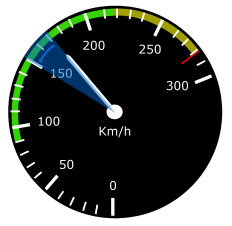
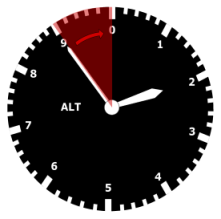
How to turn altitude into speed :
Now imagine you are reading this on your instruments :
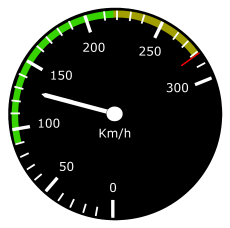
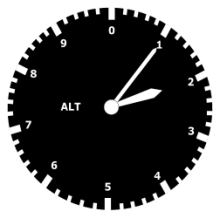
You will have to descend slightly to turn the altitude into speed :

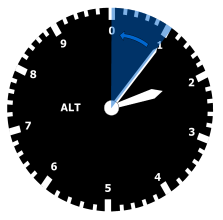
The pitch is the controlling element enabling you to manage the allocation of energy between speed and altitude.
How to increase the total amount of energy :
Let's imagine that you have this :


In this case the speed and the altitude are both low. So there is a lack of energy.
The only solution is to increase the power above the one normally required to maintain 2000 ft at 150 km/h (about 2000 RPM).
As soon as the total of kinetic energy (speed) plus potiential energy (altitude) is the one required, you have to set back the normal power.
It is as if you had two buckets, each filled with one liter and you wanted them both to be filled with 2 liters each. By pouring the water (or whiskey, as you wish!) from one bucket to the other, you would never have the right quantity in the two buckets at the same time. The only solution would be to open the tap to bring more liquid until you got a total of 4 liters, and then to close the tap. In a plane, opening the tap means setting a higher power than the one normally required and closing the tap means setting back the normal power:


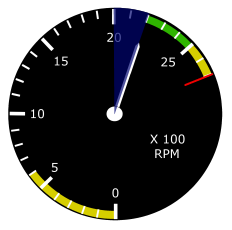
How to decrease the total amount of energy :
Contrary to the previous case, imagine you are reading this :


Therefore, there is too much energy and the only solution is to set a lower power than the one normally required until you lose the excess of energy (of course don't forget to go back to normal power setting when the total amount of energy (speed + altitude) is correct) :



How to combine energy transfer and power modification :
It is often necessary to combine an energy transfer with a power modification. Here is an example:


In this case, you will use the altitude to get back the 20 km/h you have lost. But getting back these 20km/h won't be sufficient to lose 300 ft; so you will also have to reduce power.

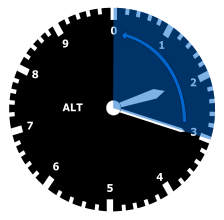

After having read this chapter, I hope you have understood this:
It is useless to take measures to correct the speed without consulting the altitude and vice versa.
If it is not the case, don't hesitate to read it again because the techniques described above will be very helpful while flying. It is always a loss of time in a flight to move the controlling instruments in every direction, whereas an energy transfer would be sufficient.